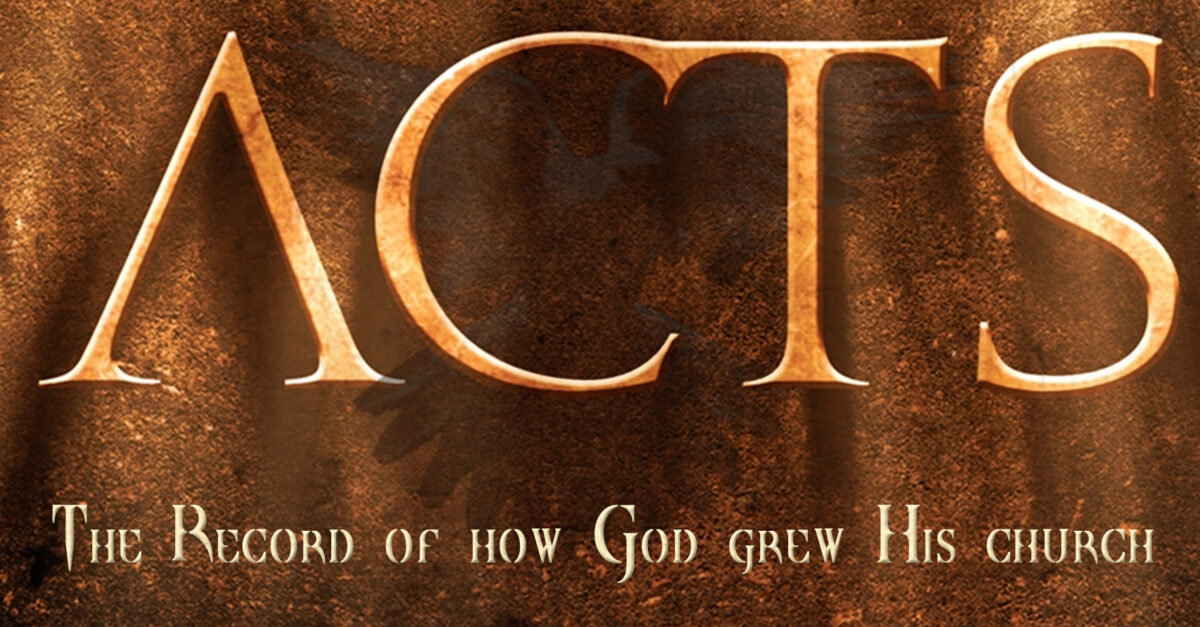Acts 1:12-14
12 Then the apostles returned to Jerusalem from the hill called the Mount of Olives, a Sabbath day’s walk from the city. 13 When they arrived, they went upstairs to the room where they were staying. Those present were Peter, John, James and Andrew; Philip and Thomas, Bartholomew and Matthew; James son of Alphaeus and Simon the Zealot, and Judas son of James. 14 They all joined together constantly in prayer, along with the women and Mary the mother of Jesus, and with his brothers.
Verse 12 ‘The Mount of Olives’ was very significant in the Bible.
Old Testament references
The Mount of Olives is first mentioned in 2 Sammuel15:30, David’s flight from Absalom: “And David went up by the ascent of the Mount of Olives, and wept as he went up.” The ascent was probably east of the City of David, near the village of Silwan. The sacred character of the mount is alluded to in the Book of Ezekiel (11:23): “And the glory of the Lord went up from the midst of the city, and stood upon the mountain which is on the east side of the city.”
The biblical designation Mount of Corruption, or in Hebrew Har HaMashchit (I Kings 11:7–8), derives from the idol worship there, begun by King Solomon building altars to the gods of his Moabite and Ammonite wives on the southern peak, “on the mountain which is before (east of) Jerusalem” (1 Kings 11:7), just outside the limits of the holy city. This site was known for idol worship throughout the First Temple period, until king of Judah, Josiah, finally destroyed “the high places that were before Jerusalem, to the right of Har HaMashchit…”(II Kings 23:13)
An apocalyptic prophecy in the Book of Zechariah states that YHWH will stand on the Mount of Olives and the mountain will split in two, with one half shifting north and one half shifting south (Zechariah 14:4).
Many Jews have wanted to be buried on the Mount of Olives since antiquity, based on the Jewish tradition (from the Biblical verse Zechariah 14:4) that when the Messiah comes, the resurrection of the dead will begin there. There are an estimated 150,000 graves on the Mount, including tombs traditionally associated with Zechariah and Absalom. On the upper slope, the traditional Tomb of the Prophets Haggai, Zechariah and Malachi is situated. Notable rabbis buried on the mount include Chaim ibn Attar and others from the 15th century to the present day.
New Testament references
The Mount of Olives is frequently mentioned in the New Testament as part of the route from Jerusalem to Bethany and the place where Jesus stood when he wept over Jerusalem (an event known as Flevit super illam in Latin).
Jesus is said to have spent time on the mount, teaching and prophesying to his disciples (Matthew 24–25), returning after each day to rest (Luke 21:37, and John 8:1, and also coming there on the night of his betrayal. At the foot of the Mount of Olives lies the Garden of Gethsemane. The New Testament tells how Jesus and his disciples sang together – “When they had sung the hymn, they went out to the Mount of Olives” Gospel of Matthew 26:30. Jesus ascended to heaven from the Mount of Olives according to Acts 1:9–12.
‘A Sabbath day’s walk’ was the distance that Jews could walk on the Sabbath day. The Sabbath is the day when Jews rest. On that day, they must not walk further than 2000 cubits. (This is about two thirds of a mile.)
Verse 13 The disciples had eaten the Passover meal with Jesus in a room upstairs (Luke 22:7-13). This was probably the same room.
Here Luke names all the disciples except Judas Iscariot. But he mentions only Peter, James and John again in Acts.
Verse 14 Luke shows that women were important. These women had traveled to Jerusalem from Galilee with Jesus and his disciples (Luke 8:2-3, 23-55). Mary, Jesus’ mother, was also there. This is the last time that anyone mentions her in the New Testament. For the first time, Jesus’ brothers were together with the disciples. Jesus’ brother James became a leader in the church in Jerusalem (Acts 12:17; 15:13-21; 21:18).
The disciples were doing actually as they were told. They were to be Jesus’ witnesses in Jerusalem and they were waiting for the Holy Spirit to come on them.
Think about the last three months or so of these peoples lives and what an emotional roller-coaster it was? They were 3 months earlier listening to Jesus teach and watching him perform miracles. Then he was betrayed, arrested, beaten and crucified. Then they had buried him, he arose and had fellowship with him for 40 days. Finally they saw him ascend into heaven.
